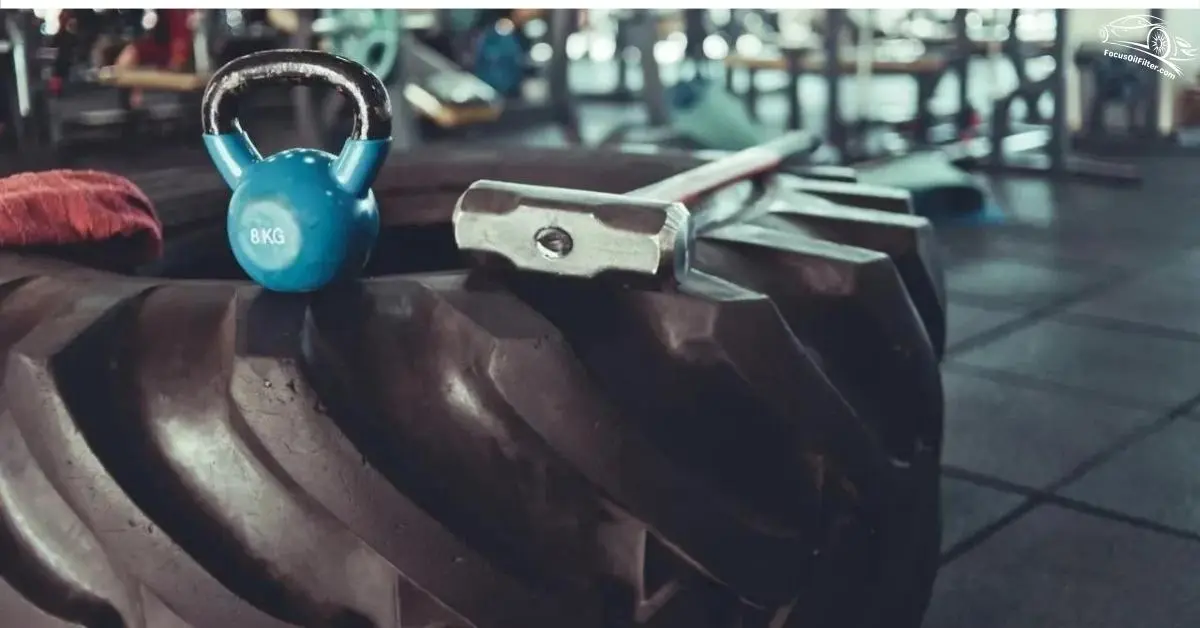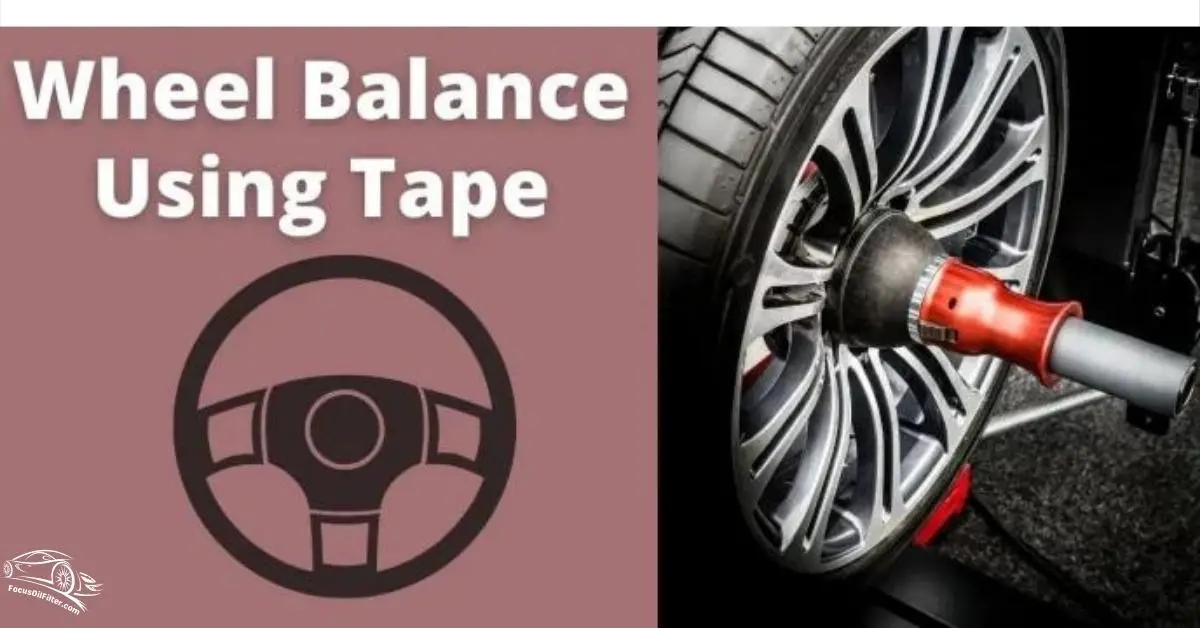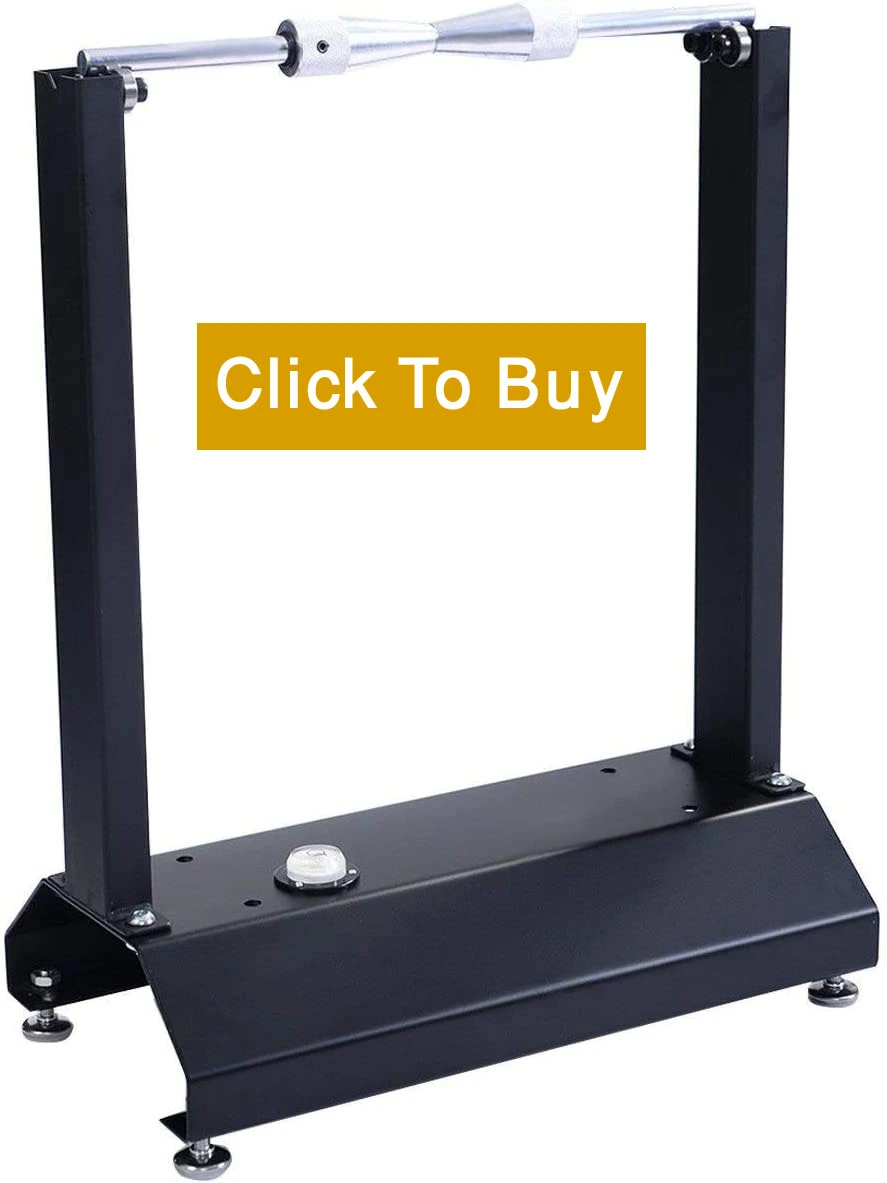Many of us have vehicles and have faced issues of tires or wheel imbalancement differently. This imbalancement causes vibration in our vehicle. As a result of this problem, tires wear cupped, suspension parts wear prematurely, and traction is lost. There are some issues we should understand about our vehicles. Sometimes people know about braking, steering, and battery problems in their vehicles but they cannot understand tire problems except by changing the tires. The primary focus of this specific article is to balance tires at home.

Thus, the imbalance can be caused by issues in manufacturing, or from tire wear if you are having issues in a new car. An understandable thing is, that the front tires could be out of balance in the issue of imbalancement first rather than the rear tires. Back tires can also be affected by this issue but in rare cases. Minor issues of imbalancement can be resolved by adding some weight to specific locations of the tires.
How to Balance Your Tires at Home Guide
At this point, we need to know about the wheel weight types that are discussed below. There are mainly two types of wheel weights.
- Clip-on wheel weights
- Tape-on wheel weights
1. Clip-on Wheel Weights
A wheel weight hammer can be used to secure these wheel weights to the wheel rim by clipping them directly on the rim. Nowadays, vehicles are preferred for their clip-on wheel weights.

Wheel covers and wheel types can be accommodated with different types of clips. Aluminum wheels with a flange for a clip-on weight may require a coated or alloy clip so they will not corrode the wheel.
2. Tape-on Wheel Weights
In order to balance wheels quickly and efficiently, some silver Quick-PeelTM adhesive steel wheel weights are used. These tapes are the least amount of weight possible to add to a tire or wheel.
This tape is a double-sided adhesive tape that can be used after cleaning the area which you are about to use for this tape.

Different types and mount wheel balancers are available in the market. These wheel balancers can work differently. Let us read together about the wheel balancers and how we could use them.
Static Wheel Balancer:
Static wheel balancers were used in the past. Wheel balancing with this method was performed by balancing the point of an object around its axis of rotation. The term static refers to an object that is stationary. The heavy spot of a rotating wheel will want to fall to the bottom of the object has a static imbalance. A static wheel balancer looks like the below photo:

Wheels are mounted onto shafts in this static balancer method of balancing tires. There are two bearings on either side of the wheel, which allow the wheel to freely rotate. When you apply a little weight directly opposite the bottom of a heavy spot, it will rotate and settle at the bottom of the frame. Once the wheel is turned a bit, you would let go. Once the wheel stops moving, repeat the preceding process until it no longer moves.
Dynamic Wheel Balancer:
Balance in motion is called dynamic balance. It could also be referred to as a two-plane balance. It is characterized as being an imbalance on the outside or inside of the assembly as it rotates around the centerline. As the tire rotates with uneven weight distribution the central figure forces of the imbalance caused the wheel assembly to throw the heavy spots outside when they reach the outermost point of rotation. Dynamic imbalance becomes more of a problem when imbalance is on both sides of the structure line.
Computer Wheel Balancer:
In both static and dynamic modes, computer wheel balancers are very easy to use. When a tire is repaired or replaced, this balancing is usually performed. Adapters supplied with the machine are used to mount the wheel to a horizontal shaft.
Balancing the Tires if You Don’t Have a Wheel Balancer at Home
One can also balance the tires if he is not having a wheel balancer. However, this is usually a trial. you’ll need to remove the wheel as well as weights. Follow the steps to balance the tires:
- Identify the wheel which is not balanced.
- Clean the dirt, dust, or debris from the wheel and thoroughly clean the tread.
- When your car is still vibrating, change the weight to 45 degrees from the original position. After this, increase the speed. Check if there is any spot where the vibration speeds move higher, apply the weight at that point.
- Individuals should set the 12 O’clock position and apply the weight there. Then reverse the car to a speed where it starts vibrating. Then increase the speed bit by bit. Where the vibrations reached at maximum apply the weight there.
Balancing a Tire With a Balancer at Home
The balancing routines may vary, so one needs to make sure that one consults the manual before using the machine. This method is universally recognized and only provides one basic step to take. You need a screw diver with a flat end, a lug wrench, and a jack to remove the wheel. To balance the tires, you need a tire balancer at home and different weights for the tires. Following are the steps to balance a tire using a balancer at home:
- Remove the weight from the tires, so we can easily determine the spot which is the cause of unequal distribution.
- Remove the wheels from the vehicle.
- Clean the dirt and debris from the tread. Thoroughly clean the tires. Wash them with water if required and then dry them.
- Put assembly on the balancer and follow the manual (spin the wheels if you are dynamic balancing, wait till the tire settles into a static position).
- Use the chalks or a permanent marker to mark the spots on the tires where you feel the imbalancements.
- Now, apply the weight at the marked points.
- After then, remove all the weights from the tires and check the balance.
Also, watch the below video to learn how you can do it more easily with the help of a balancer.
Hence, in this way you can use a home balancer to balance the tires. Balancing a tire is not a big issue, you’ll need to learn simple methods and techniques, and require the essential tools to balance your tire.
